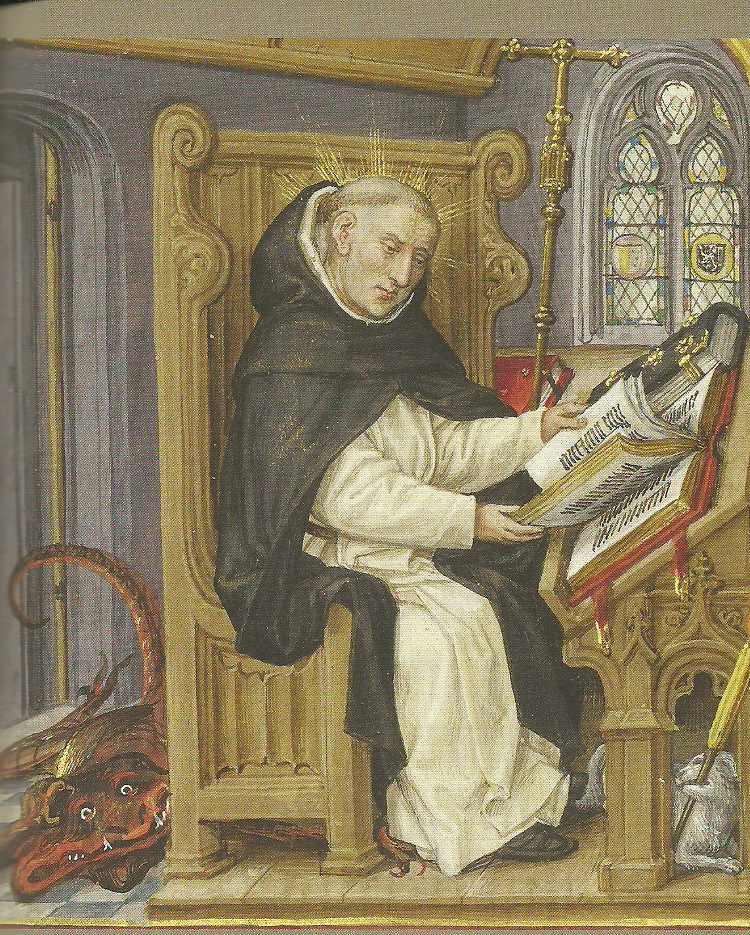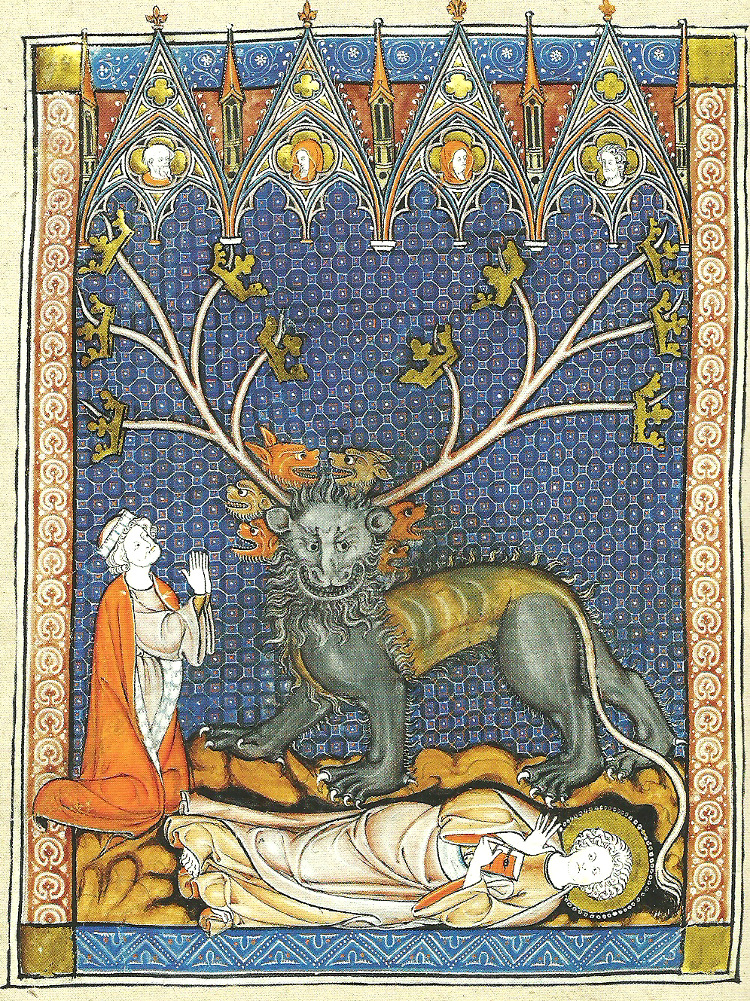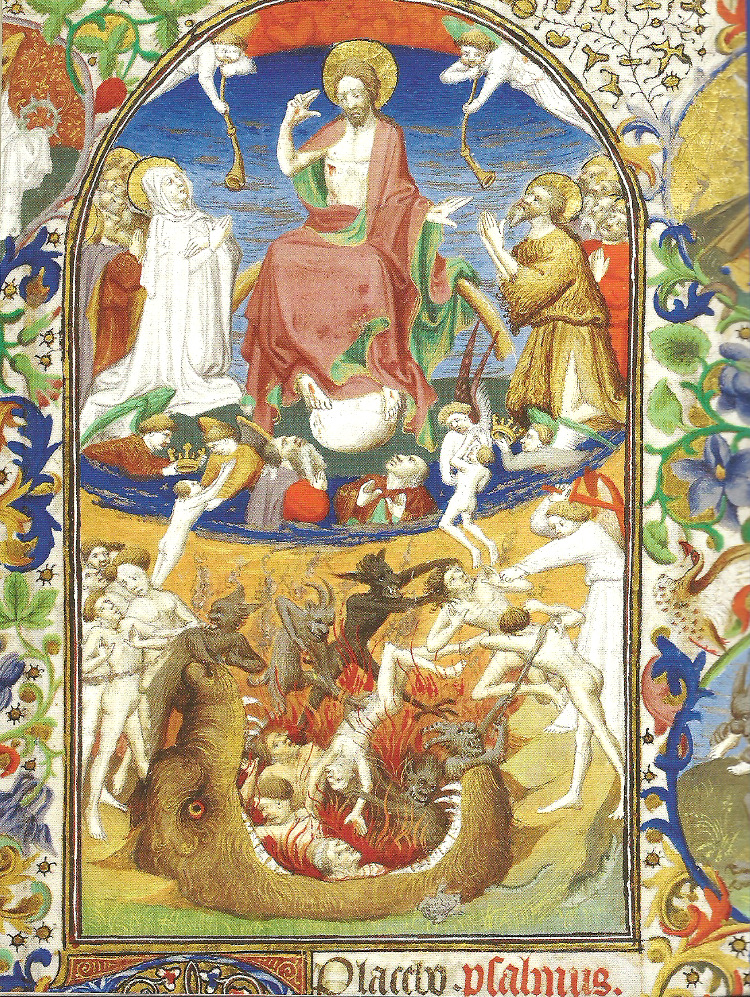Medieval Monsters
I recently received the book Medieval Monsters, an art book collecting illustrations from various medieval manuscripts, by Damien Kempf and Maria L. Gilbert, as a gift, and it’s one of those books whose main flaw is that it’s not big enough. That is, I wish it were bigger both in the sense of having more content and just being physically larger. At just 6" x 7.5", this is the smallest art book I own. More typical would be something like The First World War in Colour, which is 8.5" x 11.5". To be fair, most of these illustrations don’t have a lot of detail and so may not merit as much space as some other genres of art, but a larger size would also allow for more content. On a positive note, the paper and print quality is nice, so what is here looks good.
One other small complaint, at just under a hundred pages there’s not really space here for a full treatment of the art. Anyone looking for a full discussion of medieval art and manuscripts will need to look elsewhere. However, Kempf and Gilbert do accomplish just what they set out to do, and there’s just enough text to give some context to the pictures and to relate some always-interesting myths and anecdotes. Discussing a picture of St. Dominic, for example, the authors say:
The Spanish saint was known for his intense devotion to Christ: he would spend sleepless nights praying and reading. According to a medieval legend, Dominic’s mother, when pregnant, dreamed of a dog carrying a torch in its mouth that would teach and enlighten the world. Dominic and the members of the monastic order he founded, the Dominicans, were called the ‘dogs of the Lord’ (Domini canes), and their mission was to fight against the evil temptations of the world.

The illustrations do appear technically primitive compared to the magnificently detailed art of later eras, but the charm of this work is how imaginative it all is. It’s difficult enough to imagine the ten-horned beast from Revelations, but here it is:

This is one of those books where I could find something worth sharing on every page. I’ll leave with this observation on the mouth of hell:
The entrance to hell was often depicted in medieval art as the gaping mouth of a horrible monster[…] The jaws of the mouth are spread almost cartoonishly wide in order to receive as many damned souls as possible, pushed by ugly and threatening devils into the burning fire of hell. As the tenth-century Exeter Book warned:
Any man who lets himself be led to sin will go to hell, opened by the devil - if he has followed the pleasures of the body and not those of the spirit. When the devil has brought them to hell, he clashes together the jaws, the gates of hell. No one can get out from them, just as no fish can escape from the mouth of the whale.
